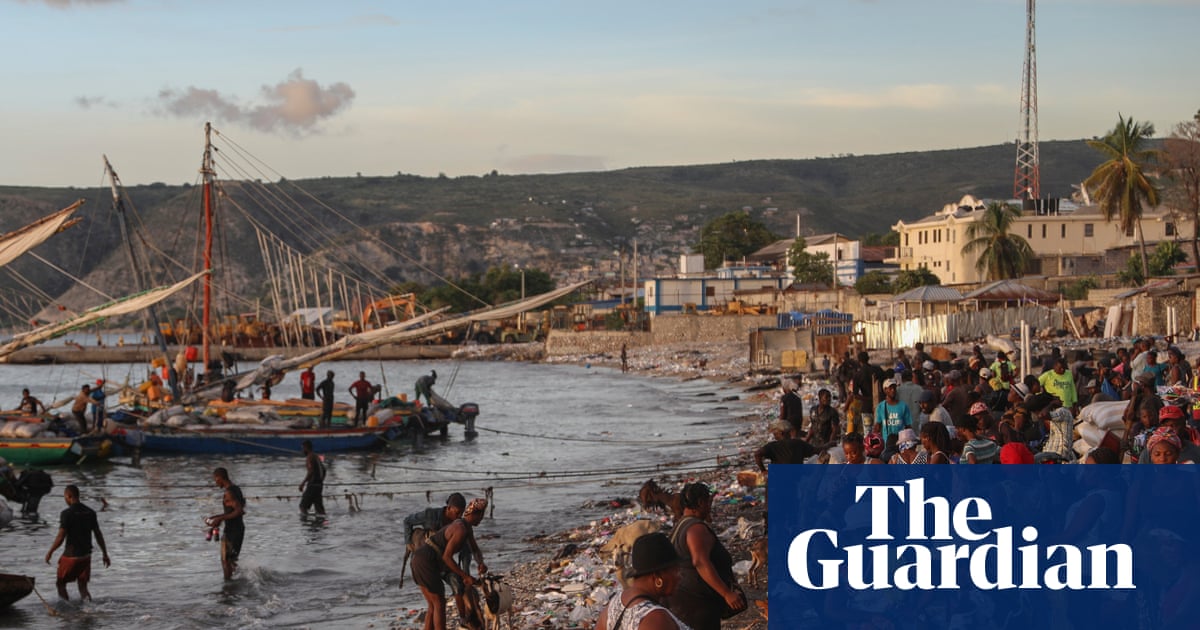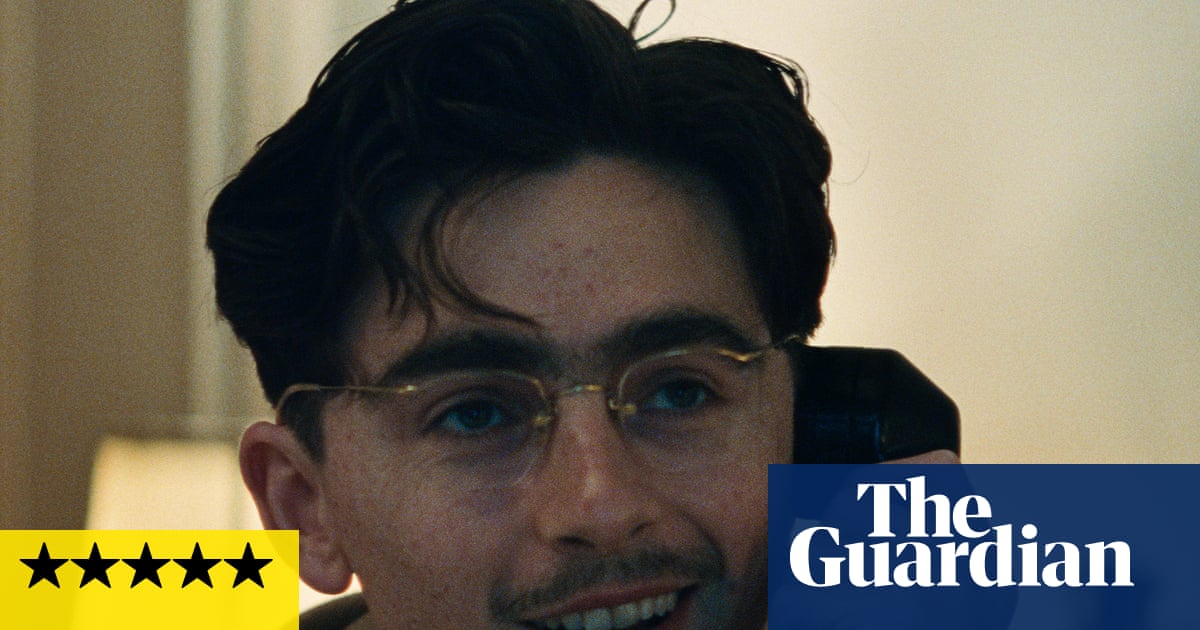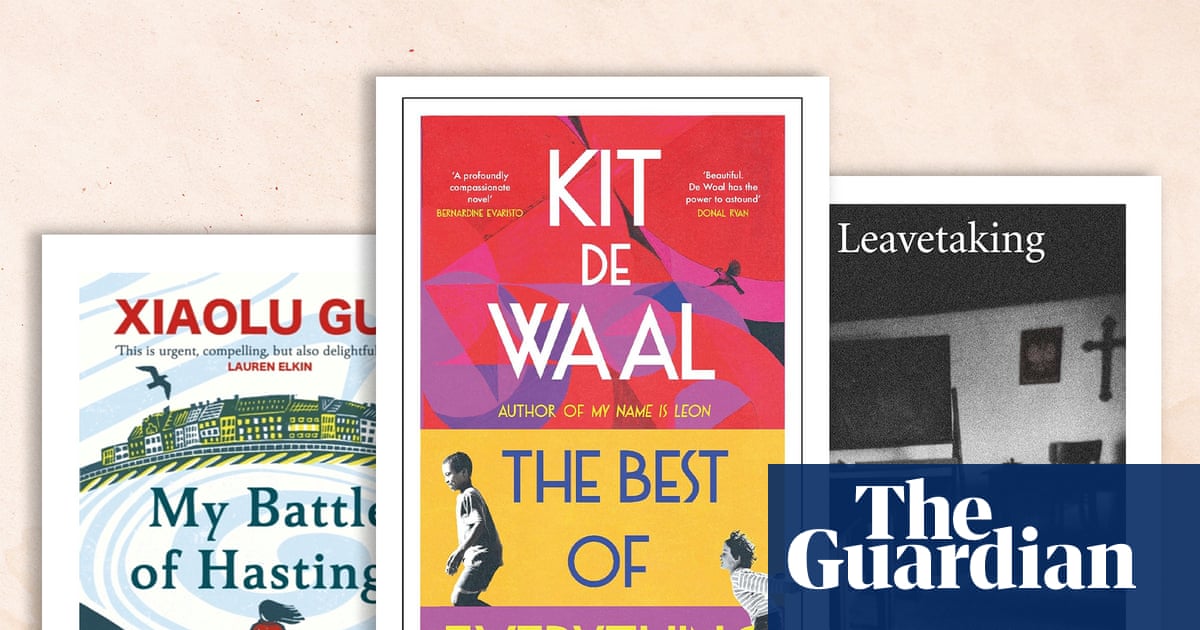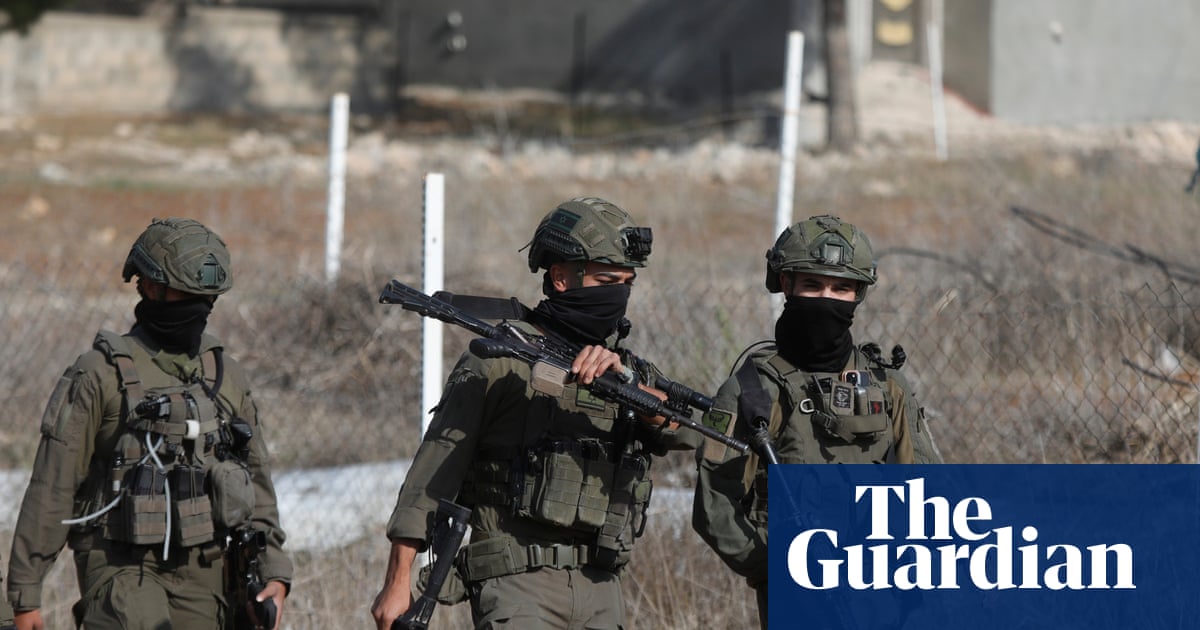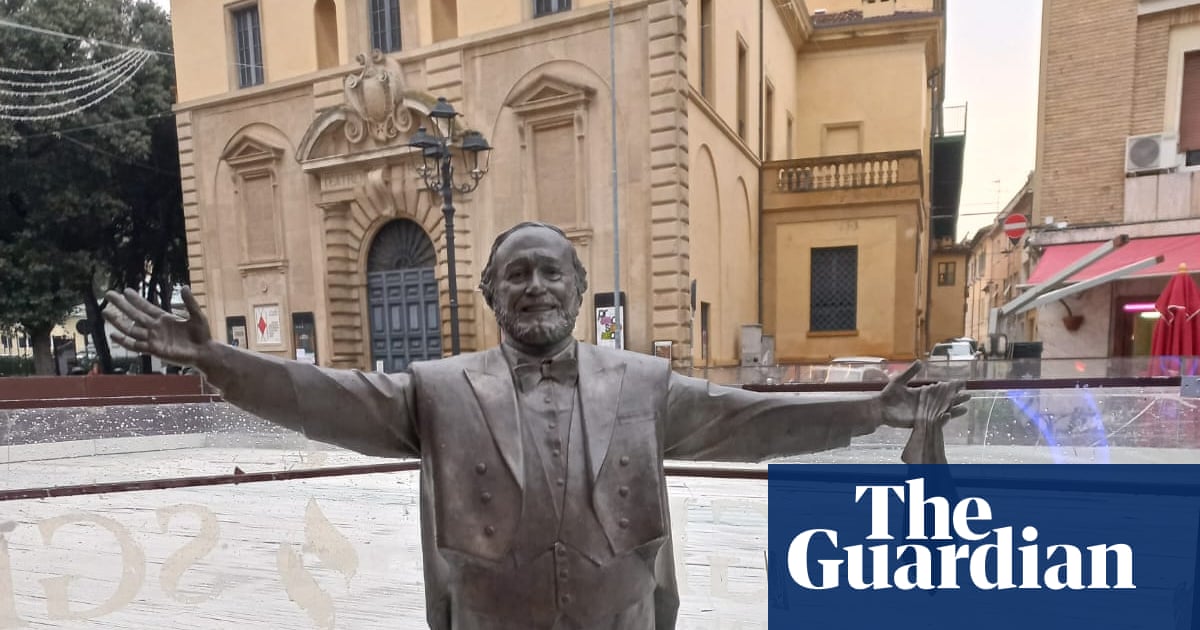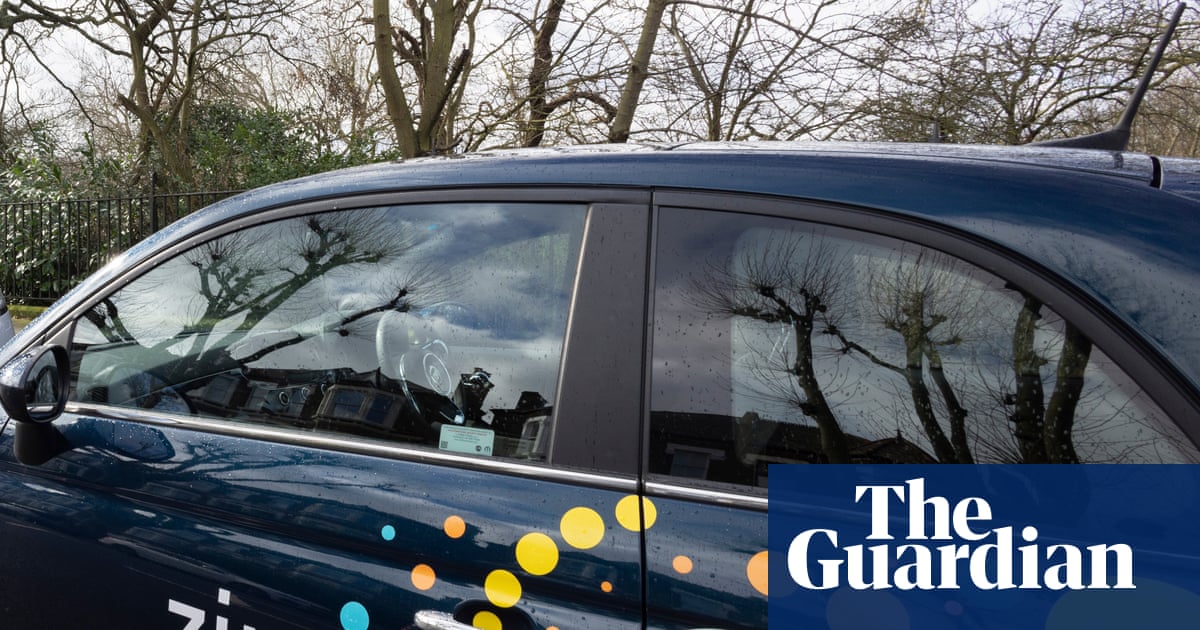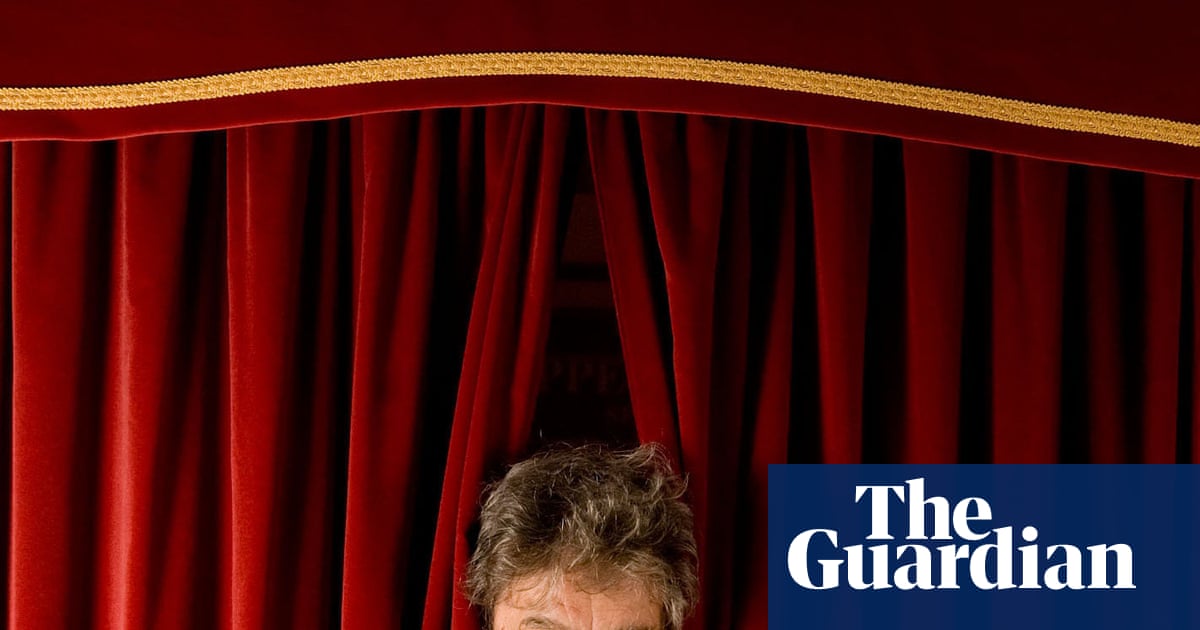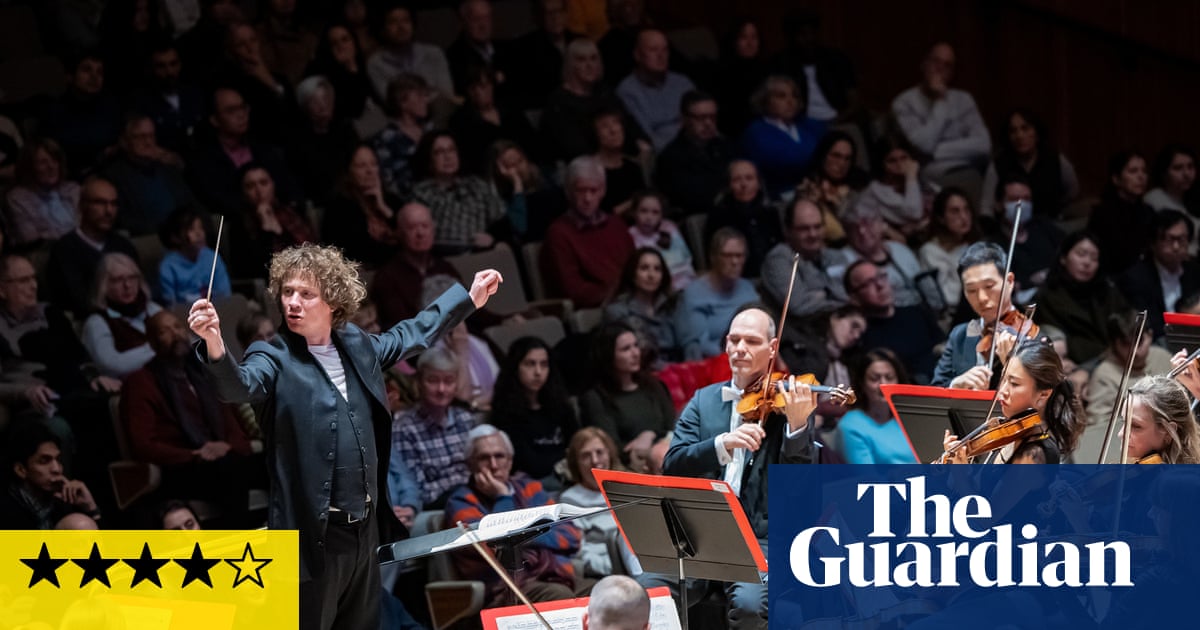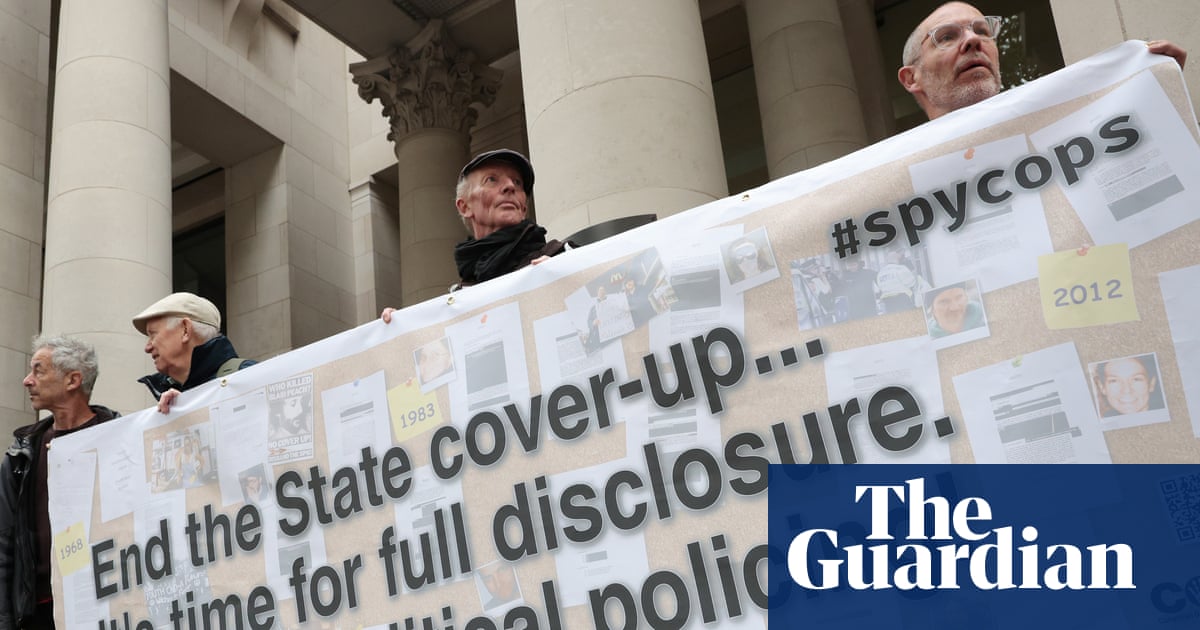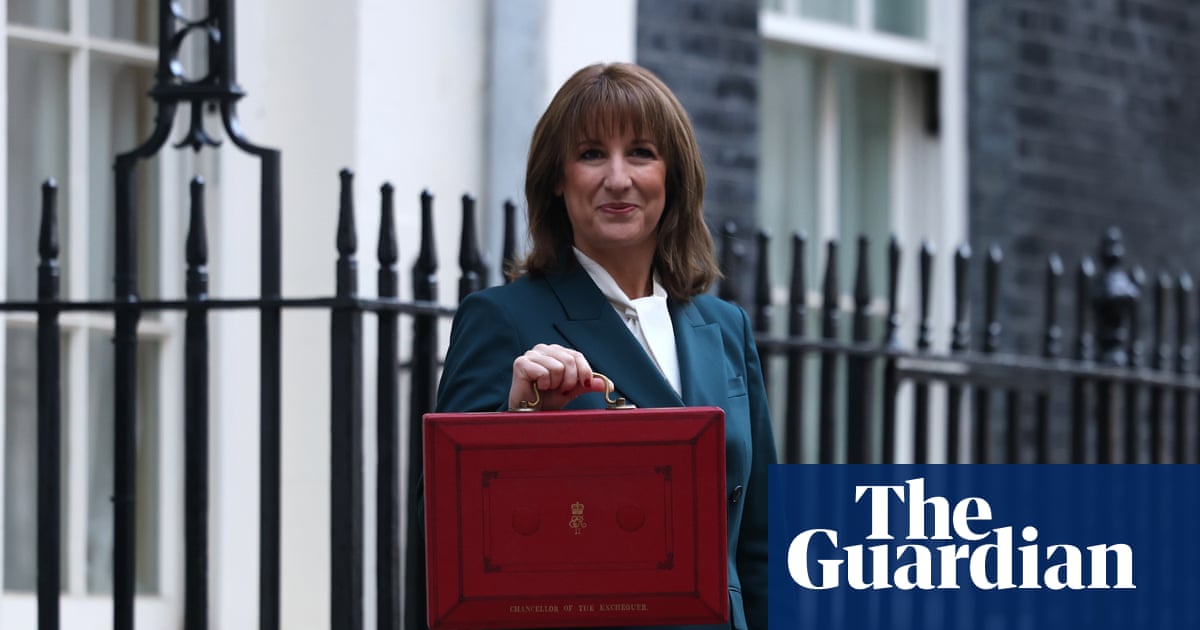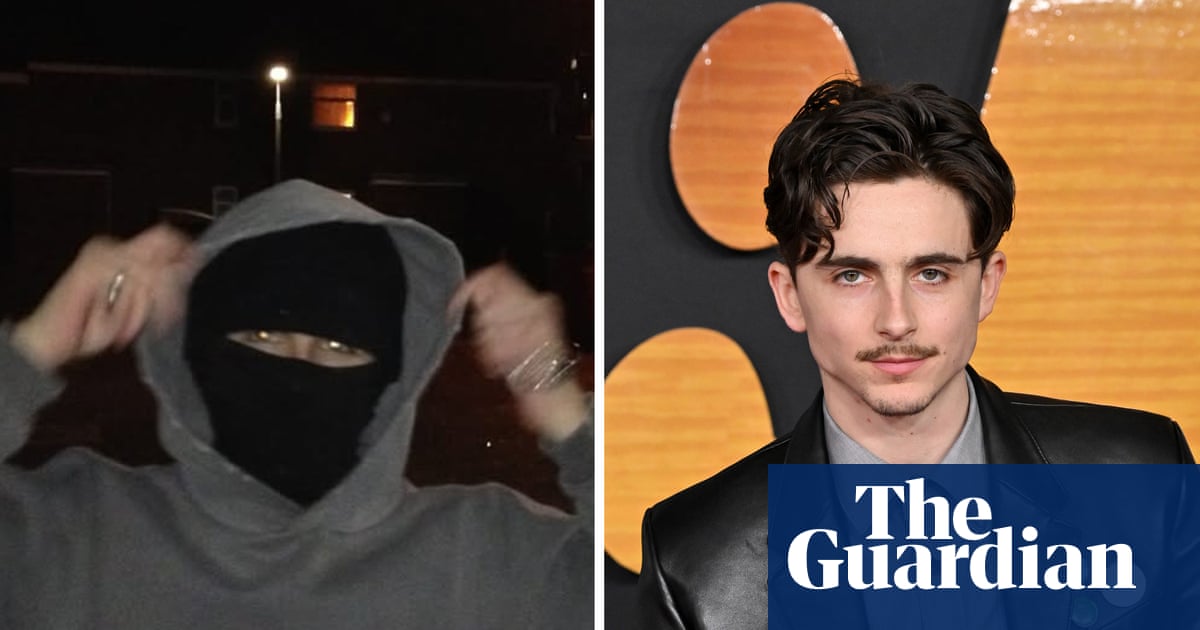Here is one of my earliest memories: I was around four years old, standing in a playground somewhere in Preston, staring in wonder at three big rocks, each one splattered with red spray paint. I asked my nan about it. She could have told me the truth, that the paint was graffiti.
Instead, she told me the rocks were a species of monster called bloodsuckers, and that at night they came alive to eat children who were foolish enough to stray outside after dark. I believed her with all my heart. Why wouldn’t I? She was my nan!
When my parents arrived to pick me up that day, I threw myself into the back of the family station wagon and demanded we leave before the sun went down. On the drive home, I asked my mum if bloodsuckers were real. Not only were they real, she told me, but she’d been attacked by one when she was a little girl and only narrowly escaped.
My mum and nan knew what all parents eventually learn: traumatising kids can be fun.
Mum had her own share of tall tales as well. She liked the kind where the car breaks down on a lonely forest road late at night; there’s a mysterious sound outside and a maniac waiting just beyond the trees. The first chapter of my latest book is a variation of that scene, and I realise now that I probably owe it to her.
I ate these stories up. They made the ordinary feel magical. They taught me it’s OK to explore the shadows, as long as you know the way back to the light. It’s no accident that children who love being scared also tend to have vivid imaginations – some even tell creepy stories for a living when they grow up.
My wife’s childhood was filled with scares as well. Her father, Everett De Roche, was a screenwriter who made a career out of writing horror movies such as Razorback, Patrick and Long Weekend. Once, he secretly took a picture from the wall, scanned it, added red eyes and fangs, and hung it back up. He waited weeks for someone to notice and was delighted when the house erupted in screams.
It shouldn’t come as a surprise, then, that we now have an eight-year-old daughter who loves to scare and be scared. Halloween is her favourite time of year. She plans her costume months in advance and measures her success by how many people she manages to frighten. Sometimes she turns off all the lights in her room, hides in the corner and waits until I come to look for her. Then she lurches out at me, making zombie sounds.
Of course, I give as good as I get: on the walk home from the pub, I run ahead, hide behind a pole or car, then jump-scare her when she’s close.
I do this for two reasons. One, scaring kids really is fun. Two, now that I’m a dad, I’ve learned that scares and spooky stories aren’t just about freaking children out. Humans have long used horror stories to teach kids how to navigate a dangerous world.
Fairytales warned children not to wander off, to stay away from dark and treacherous places, and to be wary of strangers. Behind the ghosts and monsters and maniacs, these tales teach us how to navigate fear and danger in the real world. They act as cultural handrails, guiding listeners from the innocence of childhood towards the complex moral landscape of adulthood.
By confronting imagined terrors, we rehearse for the real ones, learning that courage, wisdom and empathy are the true charms that keep the darkness at bay.
When my nan told me about the bloodsuckers, she was warning me to stay close and not to stray after dark. She was keeping me safe, in her own (slightly sadistic) way. Could she have found another way to teach me that lesson and save me from years of nightmares?
Sure. But where’s the fun in that?

 1 month ago
28
1 month ago
28



